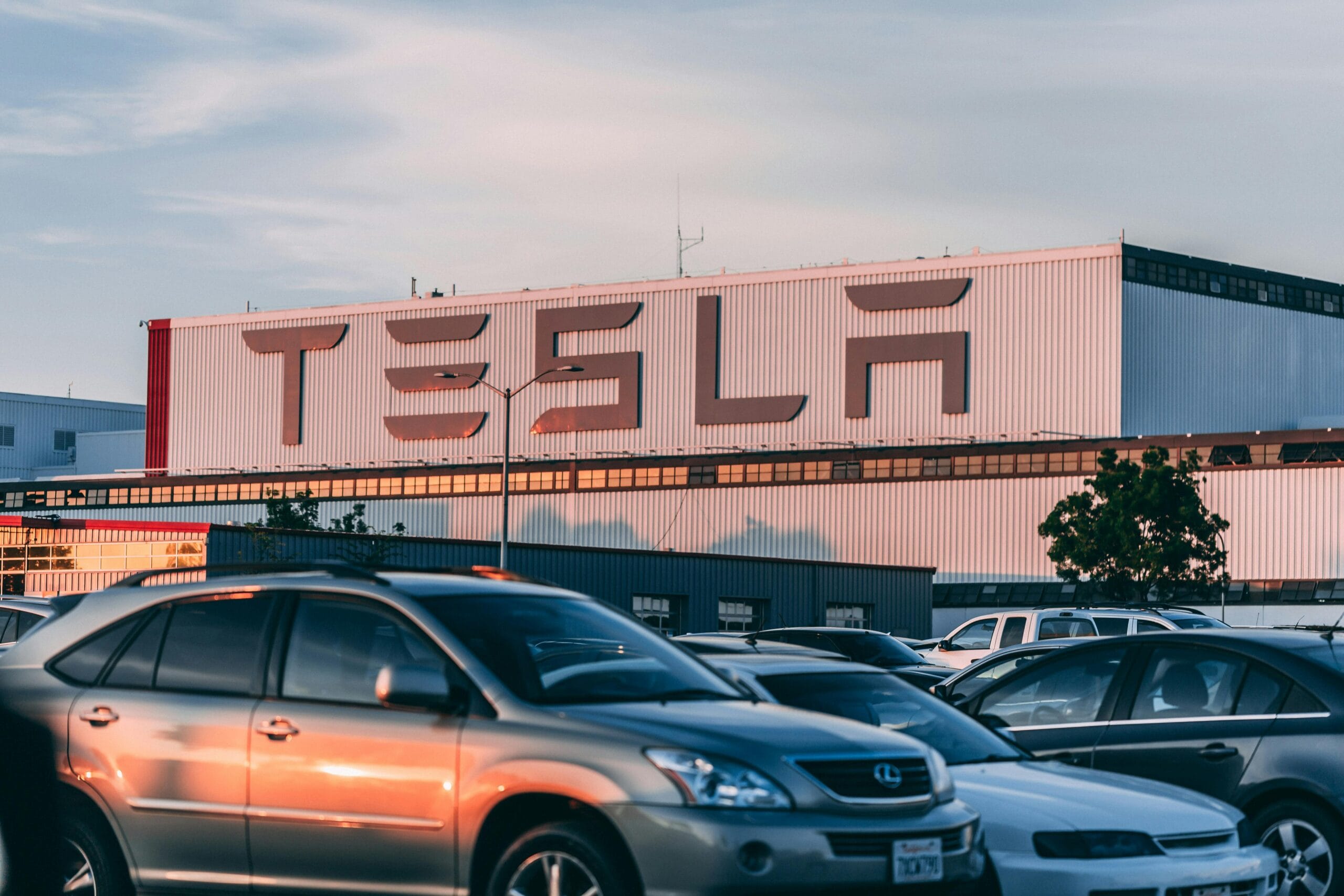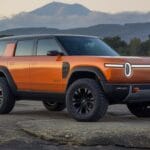So, you’re thinking about buying a Tesla. You’ve probably been sold on its futuristic design, cutting-edge technology, and—of course—that almost mythical Full Self-Driving (FSD) package.
But here’s the question: is it worth shelling out the extra cash for the FSD package, or should you stick with the Standard Model and see how the future unfolds? Let’s break it down.
What’s Your Purpose?
Before diving into specs and features, think about why you’re buying a Tesla. Are you aiming for convenience? Do you commute long distances and dream of a car that handles highway drives for you? Or, are you just looking for a sleek, reliable electric vehicle without all the bells and whistles?
The FSD package is designed for drivers who crave innovation, automation, and, quite honestly, a bit of adventure.
If you want a Tesla purely for the electric aspect, the Standard Model gives you all the EV benefits without the added price of FSD.
Also read: SEC Demands Sanctions: The $2.9K Fine Elon Musk Couldn’t Avoid
Understand the Reality of FSD (It’s Not “Full” Self-Driving Yet)
Elon Musk’s vision for self-driving is ambitious, to say the least, but let’s be real—the FSD package isn’t quite “full” self-driving right now. Currently, it offers advanced driver assistance, but you’ll still be on call to take over when needed.
Think of it more as a “driver co-pilot” than a replacement.
Here’s what FSD can do:
- Navigate on Autopilot (freeway-to-exit assistance)
- Automatic lane changes
- Autopark
- Summon (think Batmobile coming to you in the parking lot)
- Traffic light and stop sign recognition
If this sounds like a dream come true, it might be worth the upgrade. But if you’re expecting full robotaxi status, you may want to save your cash until Tesla’s technology catches up.
Consider the Hardware and Upgrade Potential
Tesla’s cars with Hardware 4.0 (HW4) are more future-ready for full autonomy than the Hardware 3.0 (HW3) models. If you’re buying a new Tesla with HW4, you’re better positioned for potential FSD upgrades than someone with HW3.
Musk has stated that if HW3 can’t reach the autonomy level promised, Tesla will upgrade FSD buyers to HW4 for free. That said, HW4 may take time to roll out universally.
So, if you’re buying a Tesla without the latest hardware, know that FSD’s potential could be limited in the long term. For some, this is a dealbreaker; for others, it’s just another step on the way to the future.
Price Tag vs. Value
The FSD package isn’t cheap—at around $15,000, it’s a hefty addition. If you’re already stretching your budget for a Tesla, consider if that money could be better spent elsewhere, maybe on upgrading to the Model S or Model X, or setting aside for future upgrades.
On the other hand, if you can afford the FSD package and see yourself benefiting from even the current functionalities, it could be a great addition.
Remember, Tesla’s system is constantly evolving with over-the-air software updates, meaning your car gets better with time. You’re paying for a tech service that grows with you, but that still means the payoff might be further down the road than you’d like.
Longevity and Resale Value
When it comes to resale, FSD-equipped Teslas can demand a higher price on the used market. Buyers may pay a premium for cars already equipped with FSD, especially if future FSD features continue to roll out and Tesla’s promised autonomous future comes closer.
However, the resale value also depends on how the technology evolves and the actual performance of the FSD software over time.
Final Verdict – Buy Now or Wait?
If you’re an early adopter who craves the latest technology, the FSD package might be calling your name.
For everyone else, the Standard Model still gives you an excellent EV with reliable Autopilot features without the immediate need to break the bank. Consider your driving habits, your long-term plans with the car, and your budget flexibility.
In true Tim Ferriss fashion, let’s remember this: some of the best choices come from letting go of “what if.” Choose the option that suits your needs now, not the potential that might—or might not—happen in the future.
Source: CarBuzz













